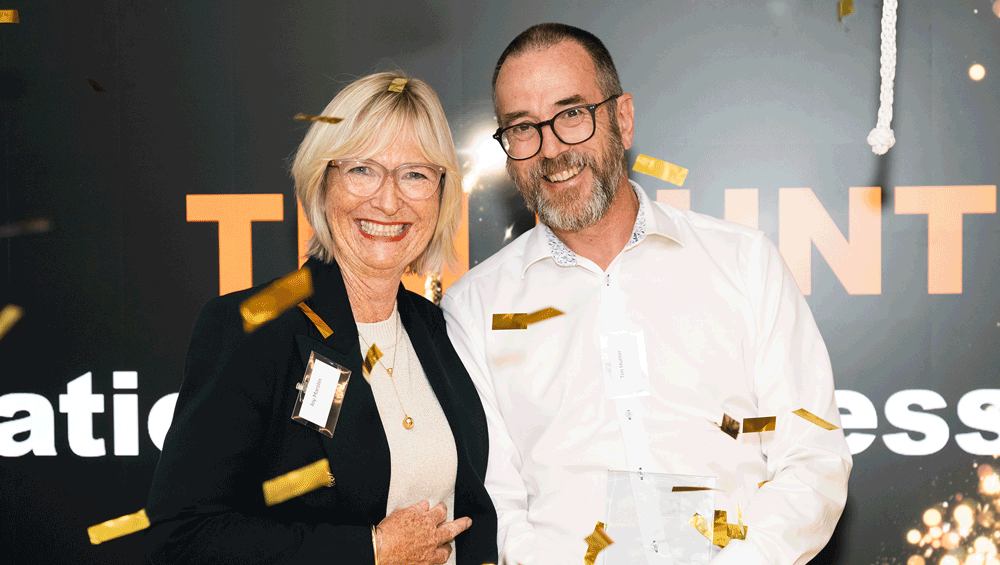
When I was 5, we went camping in Michigan across the lake from Mackinac Island. Every morning we rode a ferry to the island, where we ate fudge and bicycled around in car-free Victorian charm. My father bought me a sailor hat with my name embroidered across the front, which fell off my head and into Lake Michigan as I admired it, Narcissus style, on the ferry ride back to our campground.
I remember my tears. Dad told me I would have to buy my own replacement. I didn’t work in a family business and was still too young for a paper route, but commerce made sense to me.
I drew several pictures of the lake and persuaded our camping neighbors to purchase them. I got another hat. Many have a first business story, not generally as celebrated or retold as a first kiss, but often just as exciting.
People enjoy commerce, we like money, we love a deal. It’s fun. So when Biscochito kept getting calls for "just an hour of care" or "someone to check in once in a while," we sharpened our pencils and started drawing some pictures.
We briefly considered an Uber model, but: 1. In the rideshare model, the drivers have no guaranteed income, and only receive a fraction of the value charged to the client, and even in the best scenario, 2. The fractional service model can only provide a living wage if there is a large enough demand to keep a driver employed on paid rides for a very large percentage of their shift.
The first point is a deal killer for Biscochito’s workforce, and while we have ideas to make the second point work, we’re not there yet and don’t know when we will be. How could we provide a needed service while keeping all parts of our organism healthy? We wrote "Care-on-Call" on the white board. Biscochito caregivers prefer a scheduled shift of at least four hours.
Ideally, we could match a four-hour shift with four hours of client needs. The potential clients wanted one to two hours of support with no commitment and no hassle. So how to make this work? Let’s draw this picture with math: At $20 an hour plus a 7.
65% payroll tax, employing a caregiver for a four-hour shift costs: $20 x 1.0765 x 4 = $86.12.
Additionally, many Biscochito caregivers take advantage of company health benefits, at an average cost of $600 per month. Assuming a four-week month and a minimum of 30 weekly hours worked, benefits added, on an hourly basis: $600 / (30 hours x 4 weeks a month) = $5 an hour, so the all-in cost of a four-hour shift is: $86.12 + (4 hours x $5 an hour) = $106.
12. So, if we pay a caregiver for a four-hour shift, and charge $45 an hour for on-call service (more than our standard charge), they are covering their direct cost — with no allowance for cost of administrative support or other overhead — by providing 2.4 hours of service at $45 an hour: $106.
12/$45 = 2.4. Currently we’re using about two of the four hours a caregiver is scheduled for this service.
They spend the remainder of their time helping out in the office or restocking brochures around town. The company is losing around $16 on each Care-on-Call shift scheduled, gaining a deeper understanding of the needs of our customers and enjoying trying something new. Enough Care-on-Call clients are converting to higher-hour regular care to support the loss, but we’ll keep evaluating when we review monthly numbers — because just like my sailor hat, the money has to come from somewhere.
.













